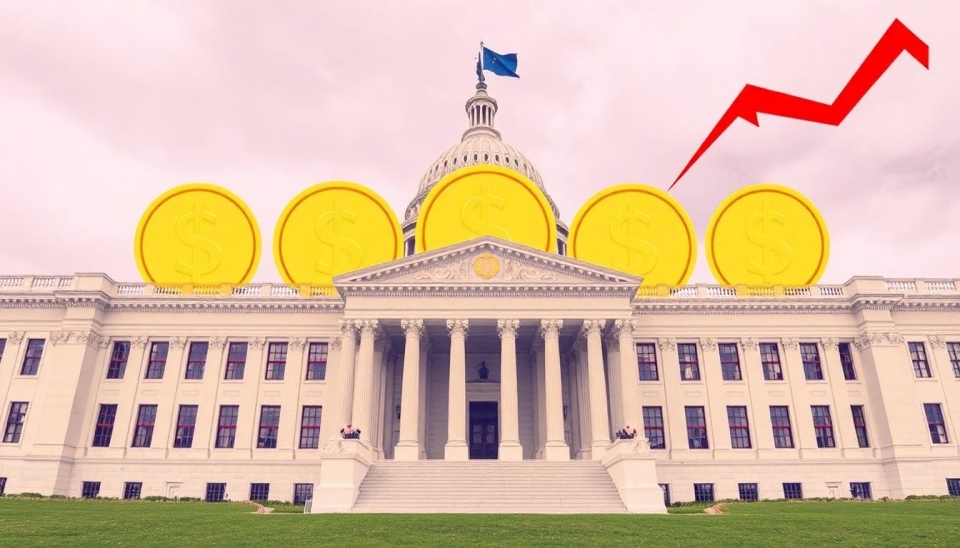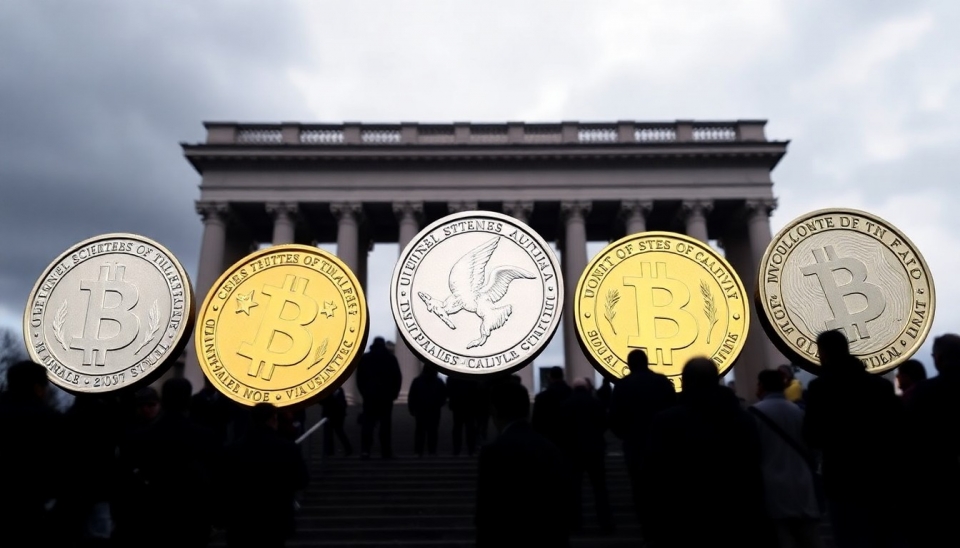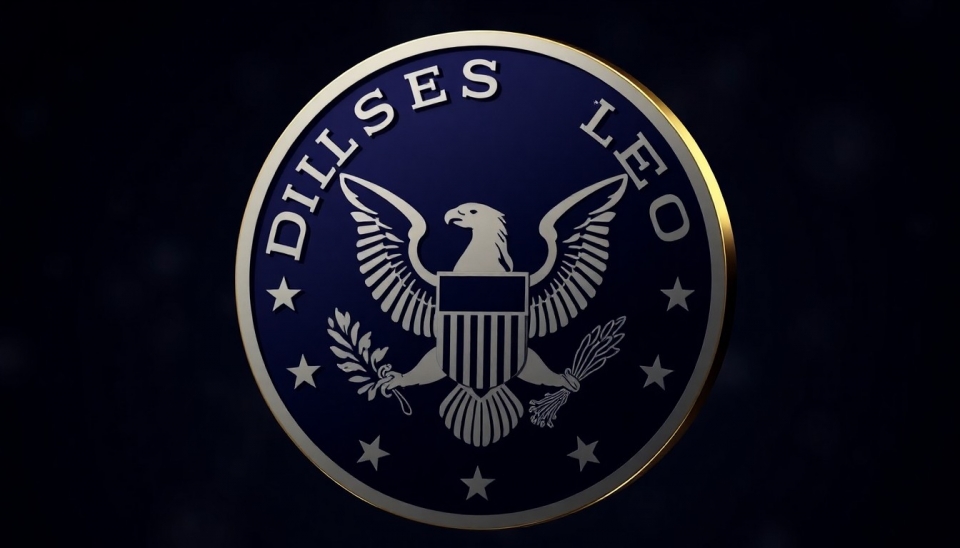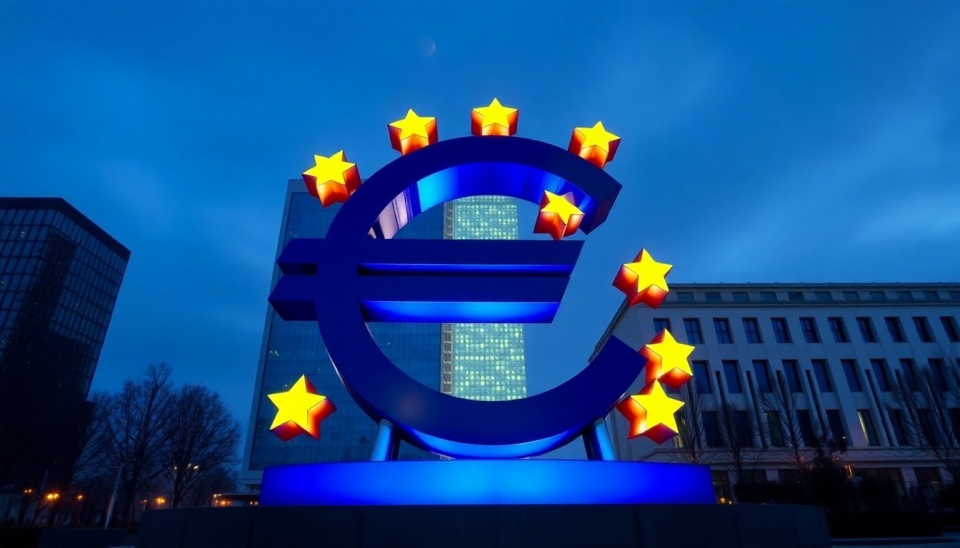
In recent discussions within Congress, the increasing risks associated with stablecoins have come to the forefront as lawmakers consider a series of bills aimed at regulating these digital assets. These developments coincide with a broader apprehension regarding a potential systemic bank run, which could emerge if stablecoins do not have their risks effectively mitigated.
Stablecoins, which are cryptocurrencies designed to maintain a stable value typically pegged to a reserve of assets like the US dollar, have surged in popularity and usage over the past few years. As their adoption grows, so too does the scrutiny from regulators, who are concerned about their overall impact on the financial system. Lawmakers are scrambling to address questions about the underlying assets backing stablecoins and their potential to trigger widespread financial instability.
One of the main issues under consideration is how stablecoins could lead to rapid withdrawals from banks when users decide to convert them back to traditional fiat currency. If a significant portion of the populace were to rush to liquidate stablecoins during a crisis, the resulting bank run could jeopardize the stability of financial institutions struggling to meet sudden withdrawal demands.
In this context, the proposed legislation aims to create a framework for issuing and regulating stablecoins, focusing on requirements for maintaining sufficient reserves, transparency, and the establishment of consumer protections. However, some lawmakers express concerns that the current measures may not be adequate to curb the systemic risk posed by the manner in which these digital currencies can be rapidly liquidated during market stress.
Legislators are attempting to balance innovation in financial technology with the need for safety and soundness in the banking system. The ongoing dialogue highlights the complexity of this task, as the landscape of stablecoins continues to evolve. Proponents of the bills argue that regulation could provide stability and build consumer trust; however, critics warn that overregulation might stifle innovation and push users towards unregulated and potentially more risky alternatives.
As these legislative efforts continue to unfold, the debate surrounding stablecoins remains a critical point of contention in financial circles. Stakeholders from various sectors, including traditional banks, fintech companies, and cryptocurrency advocates, are closely monitoring the implications of Congress's actions, acknowledging that the outcomes could profoundly alter the future of the financial landscape in the United States.
With the potential for regulatory measures that could redefine the operational framework of stablecoins, the coming weeks will be crucial. The path forward will demand extensive dialogue among regulators, financial institutions, and the tech community to create a balanced approach that mitigates systemic risks while fostering innovation.
In conclusion, as Congress grapples with the challenges presented by stablecoins, the overarching concern remains the integrity of the banking system. As financial technology continues to advance, the importance of robust regulatory oversight cannot be understated, particularly when the risk of systemic bank runs looms large.
#Stablecoins #BankRun #Congress #CryptoRegulation #FinancialStability #DigitalAssets #Innovation #Legislation
Author: Emily Collins




